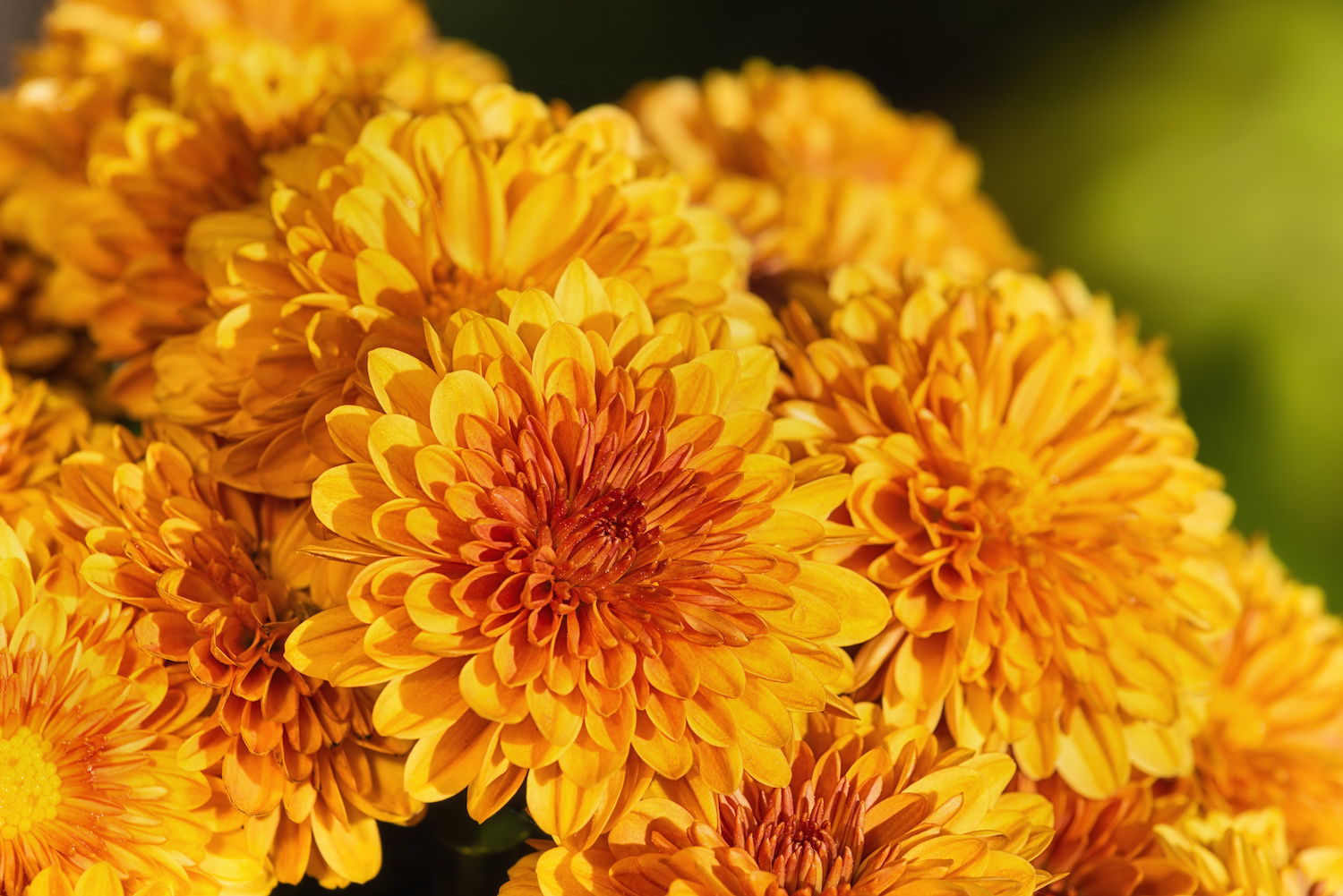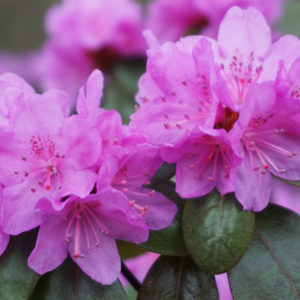If you would be happy for a lifetime, grow chrysanthemums.
Chinese proverb
Mums are everywhere in fall in New England, and while their cheerful masses of flowers brighten the shorter and cooler days, if you are like me, you don’t think much about them beyond their decorative effect. However, chrysanthemums have a long history of cultivation, and worldwide are second to roses in popularity as a flower.
References to cultivating chrysanthemums go back to 15th century B.C. China, where initially they were grown as culinary and medicinal herbs. Modern day chrysanthemums are believed to be descended from two varieties: Chrysanthemum indicum and Chrysanthemum sinese, both of which bore small, single yellow daisies. By A.D. 350 Chinese cultivation of chrysanthemums had created a cultivar with incurved petals (a rounded bloom in which the petals curve upwards), and which would come to be frequently represented in Chinese art. Around A.D. 400 chrysanthemums arrived in Japan, where they were greatly admired by the nobility.
In the ninth century A.D. Emperor Uda of Japan founded the Imperial Gardens, and for centuries after the royal gardeners there worked to develop new cultivars of chrysanthemums. Over time the popularity of chrysanthemums in Japan led to the flower being adopted as the crest and official seal of the Emperor, and the Supreme Order of the Chrysanthemum is the highest level of decoration that can be awarded to an individual for distinguished service to the nation. In 910 A.D. the first National Chrysanthemum Day took place with an exhibition of chrysanthemum flowers. Known as the Festival of Happiness, it is celebrated on September 9th, and represents longevity, rejuvenation, nobility, and goodwill, as well as being a symbol of autumn. On this day people view chrysanthemum displays, eat chrysanthemum flavored cakes and drink chrysanthemum infused wine or saki.
Chrysanthemums were ultimately to make their way to Europe in the seventeenth century, arriving in France with a French merchant, Pierre Louis Blancard. Only one of the three plants he brought survived and it was named Old Purple. They then arrived in the U.S. in 1798, when Colonel John Stevens imported a variety called Dark Purple from England. From then on hybridization happened not just in Asia and Europe but in America too. This has led to the creation of many hybrids, which The Chrysanthemum Society (U.S.A). divides into 13 categories according to their flower shape.
Chrysanthemums are what are known as short day plants, which means they develop flower buds when nights are at least 10 hours long and temperatures are favorable. Once they set buds, flowering will occur 6-10 weeks later. Growers, particularly those of florist mums, can manipulate the conditions needed for blooming so as to produce flowers out of season. However, their wide range of flower colors, going from white through pink, red and purple, as well as shades of yellow and orange and their natural fall blooming period have made them the largest commercially grown flower crop in the U.S. The mums sold for fall decoration are cultivars of Chrysanthemum x morifolium, and over the years they have been bred to grow in a compact, mounding form and to produce many small flowers.
The aromatic foliage and flowers, as well as the roots have culinary and medicinal properties. They are used to treat angina, high blood pressure, headaches, fever and dizziness. Chrysanthemum flowers are edible, but the taste varies according to variety. Traditional chrysanthemum tea is made from the white or yellow flowers of C. morifolium or C. indicum, while stir fry greens come from the shoots of C. coronarium (Garland chrysanthemum).
And finally, here are some fun facts about chrysanthemums:-
• They are the official flower of November, as well as the cities of Chicago IL, and Salinas CA.
• They are the flower associated with the 13th wedding anniversary.
• They are popular Mother’s Day flowers in Australia, as May is in Australian autumn.
• According to Feng Shui, they bring happiness and laughter to the home.
• And according to N.A.S.A. they are great air purifying plants.
• In France, Belgium, Italy, Austria and other mainland European countries, chrysanthemums, particularly white, represent grief and mourning.
• And lastly, they are the flower associated with the zodiac sign of Virgo.
There is so much more to chrysanthemums than the mums we use as fall decorations. Not only are there attractive chrysanthemums that can be grown as perennials in New England gardens, but the breadth and beauty of exhibition chrysanthemums is something to behold – just do an internet search and see!
Sources:
https://www.mariahsmums.com/post/fallmumguide
https://thursd.com/articles/the-history-of-the-chrysanthemum
https://www.nationalchrysanthemumsociety.co.uk/HistoryChrysanth
https://the-qi.com/blogs/journal/the-history-and-healing-power-of-chrysanthemum








